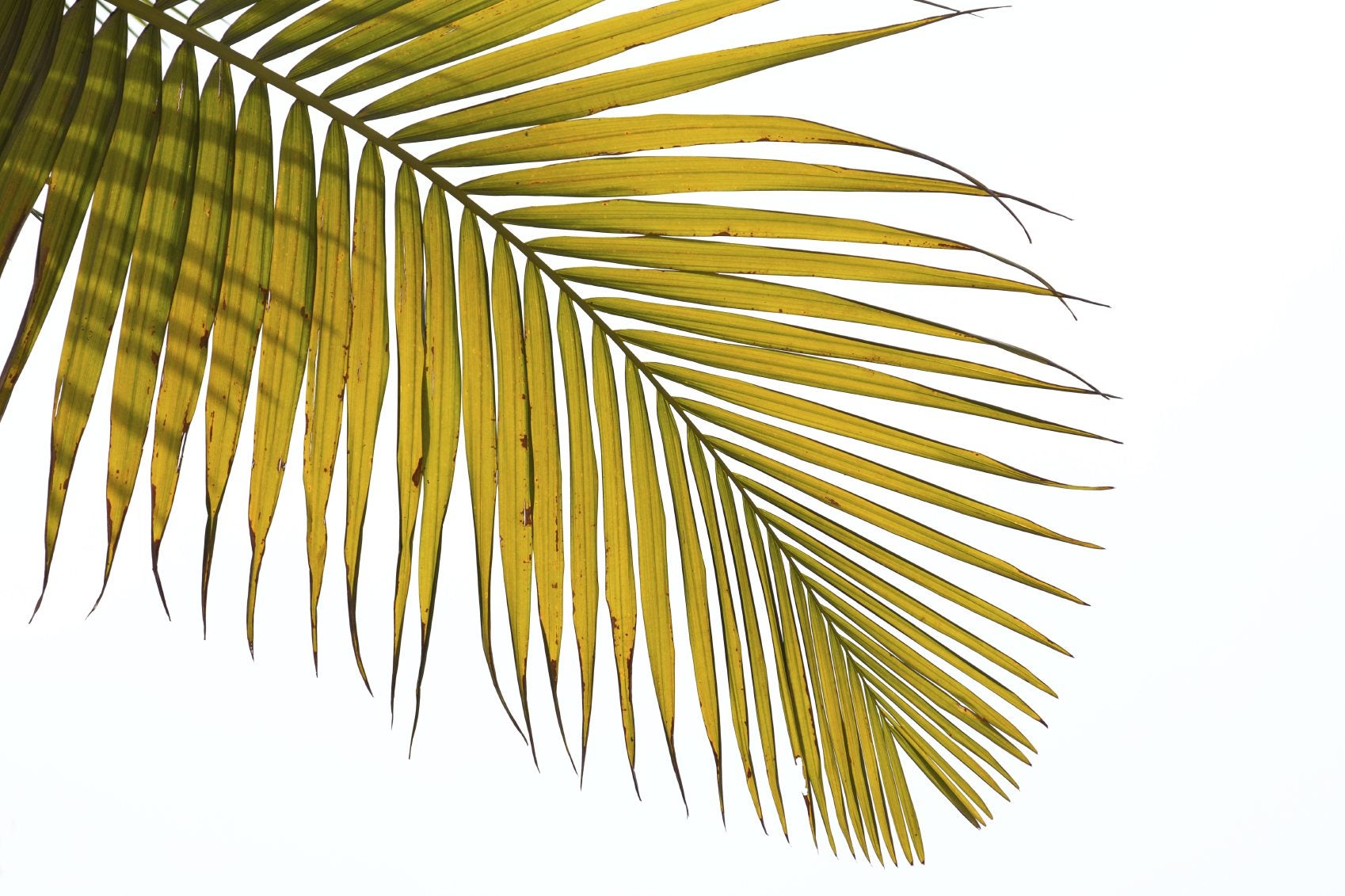Yellow Sago Palm Fronds: Reasons For Sago Leaves Turning Yellow


Sago palms look like palm trees, but they are not true palm trees. They are cycads, a type of plant with a unique reproductive process somewhat like that of ferns. Sago palm plants live many years and grow quite slowly. Healthy sago leaves are a deep green.
If you notice your sago leaves turning yellow, the plant may be suffering from nutrient deficiencies. However, yellow sago palm fronds may also indicate other problems. Read on for information about what to do if you see your sago leaves turning yellow.
My Sago Palm is Turning Yellow
If you find yourself complaining that “My sago palm is turning yellow,” you may want to start fertilizing your plant. A sago palm with yellow fronds may be suffering from a nitrogen deficiency, a magnesium deficiency or a potassium deficiency. If the older sago leaves are turning yellow, the plant is likely suffering from a nitrogen deficiency.
With a potassium deficiency, the older fronds also turn yellow, including the midrib. If the leaf develops yellow bands but the central leaf remains green, your plant may have a magnesium deficiency. These yellow sago palm fronds will never recover their green color.
However, if you begin using a general fertilizer in appropriate amounts, the new growth coming in will be green once again. You might try a fertilizer especially for palms, applied preventively, that contains three times as much nitrogen and potassium as phosphorus.
Sago Palm with Yellow Fronds – Other Causes
Sagos prefer their soil to be too dry rather than too wet. You should irrigate your plant only when the soil is quite dry. When you do give it water, give it a big drink. You want the water to get down at least two feet (61 cm.) in the soil.
Watering a sago palm too much or too little may also result in yellow sago palm fronds. Keep track of how much and how frequently you are watering so that you can figure out which irrigation problem is more likely.
Sign up for the Gardening Know How newsletter today and receive a free copy of our e-book "How to Grow Delicious Tomatoes".
Never allow irrigation water to get on the plant’s foliage.

Teo Spengler is a master gardener and a docent at the San Francisco Botanical Garden, where she hosts public tours. She has studied horticulture and written about nature, trees, plants, and gardening for more than two decades, following a career as an attorney and legal writer. Her extended family includes some 30 houseplants and hundreds of outdoor plants, including 250 trees, which are her main passion. Spengler currently splits her life between San Francisco and the French Basque Country, though she was raised in Alaska, giving her experience of gardening in a range of climates.